Research
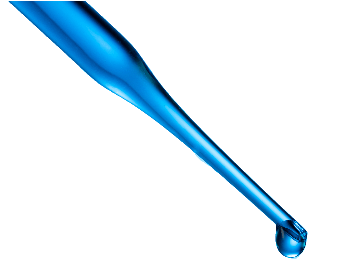
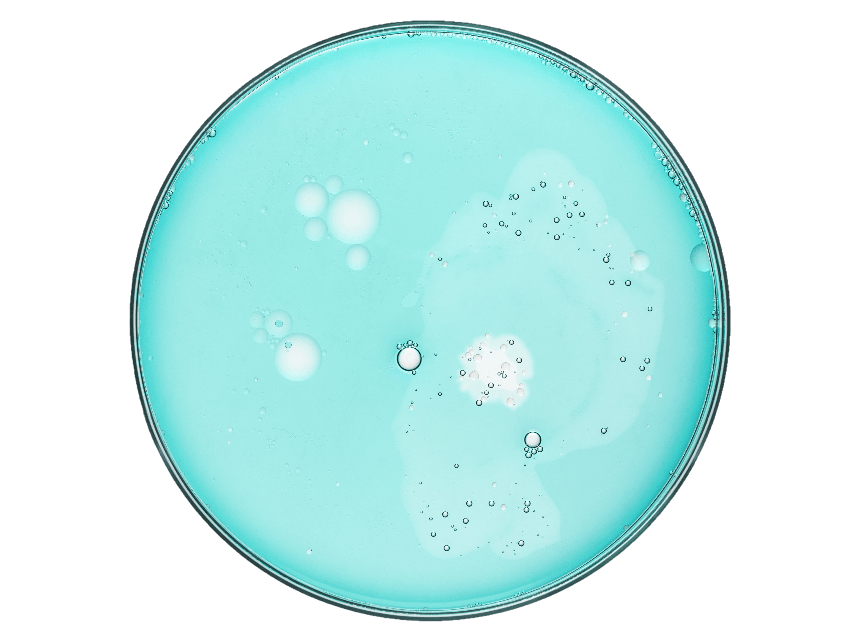


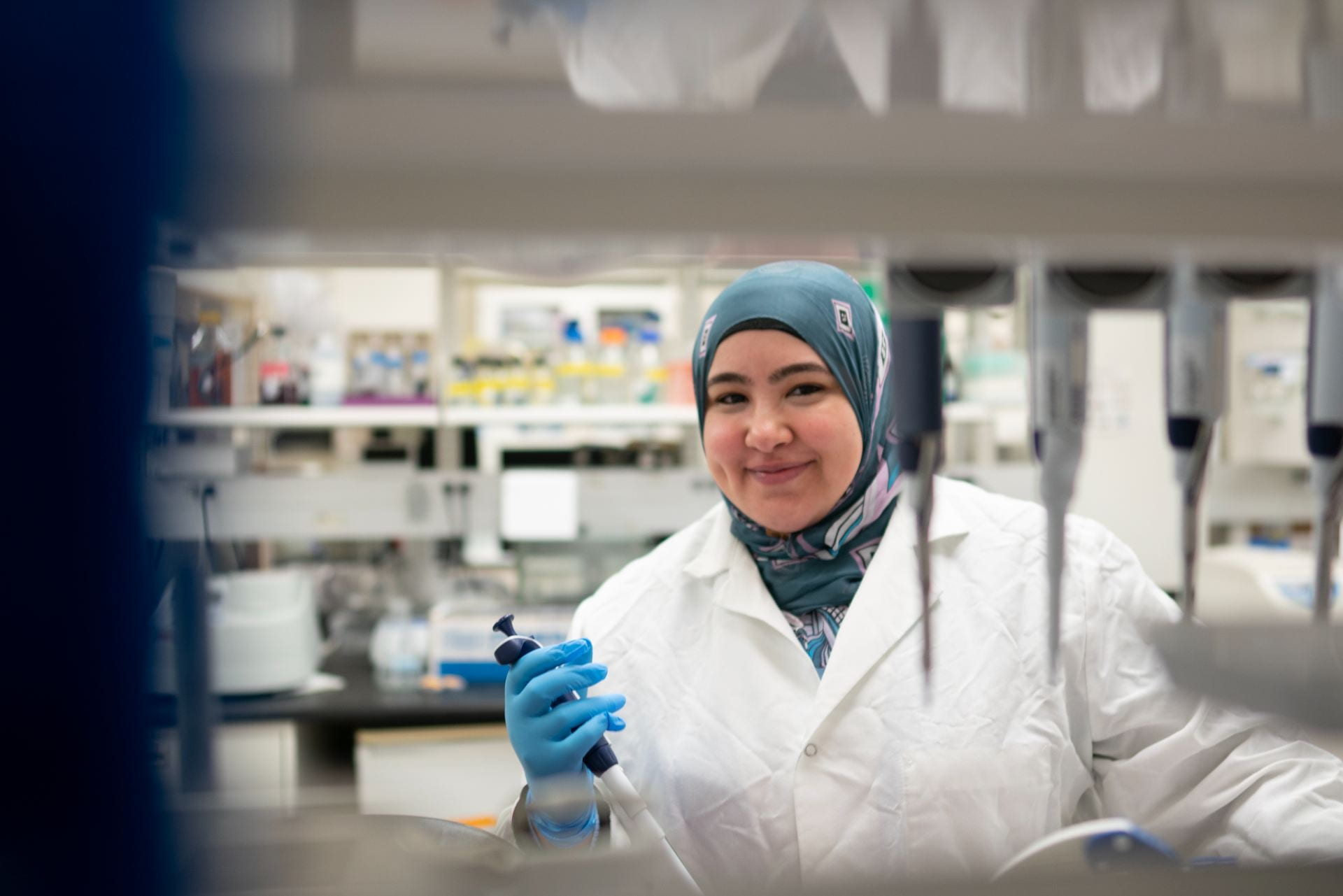




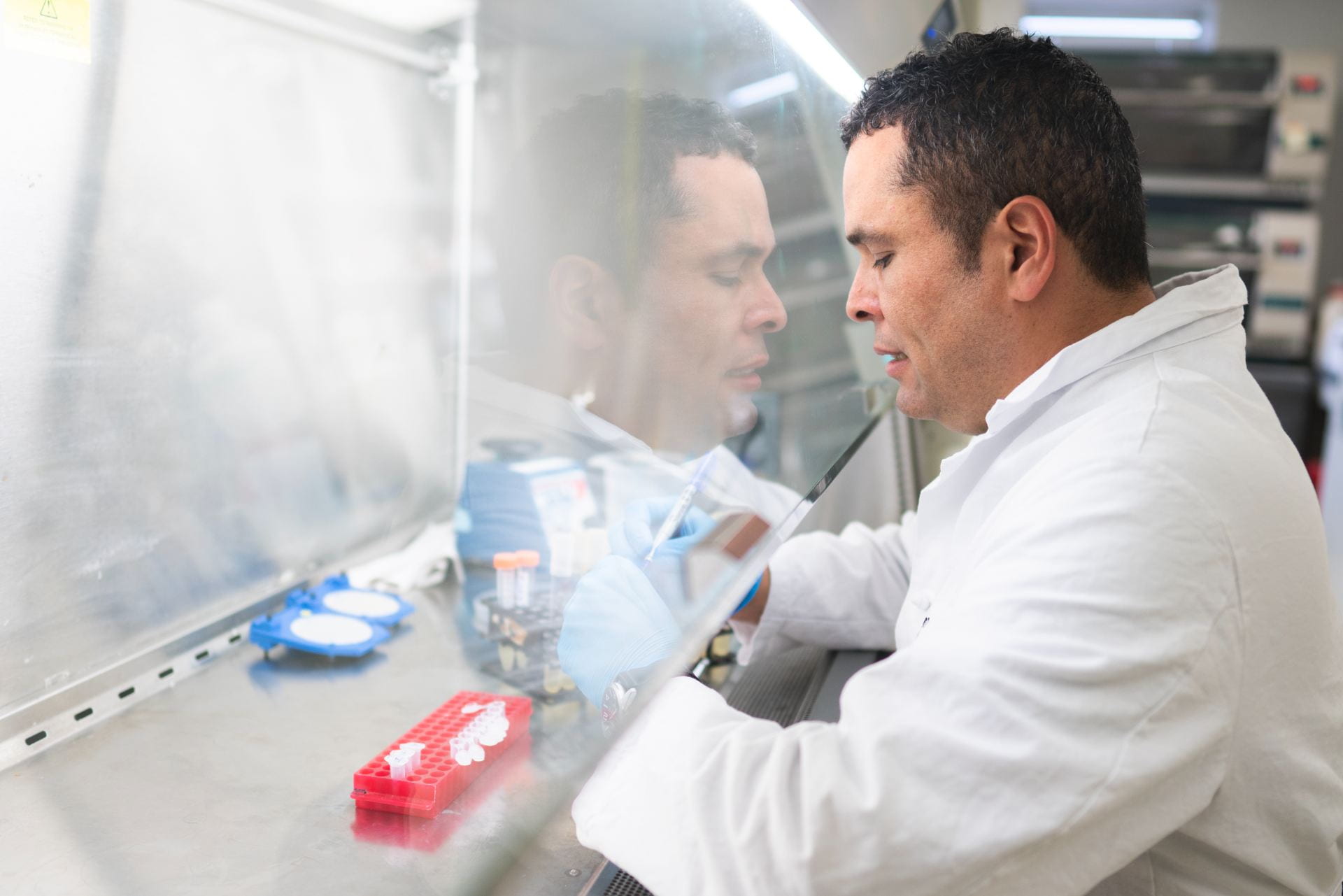
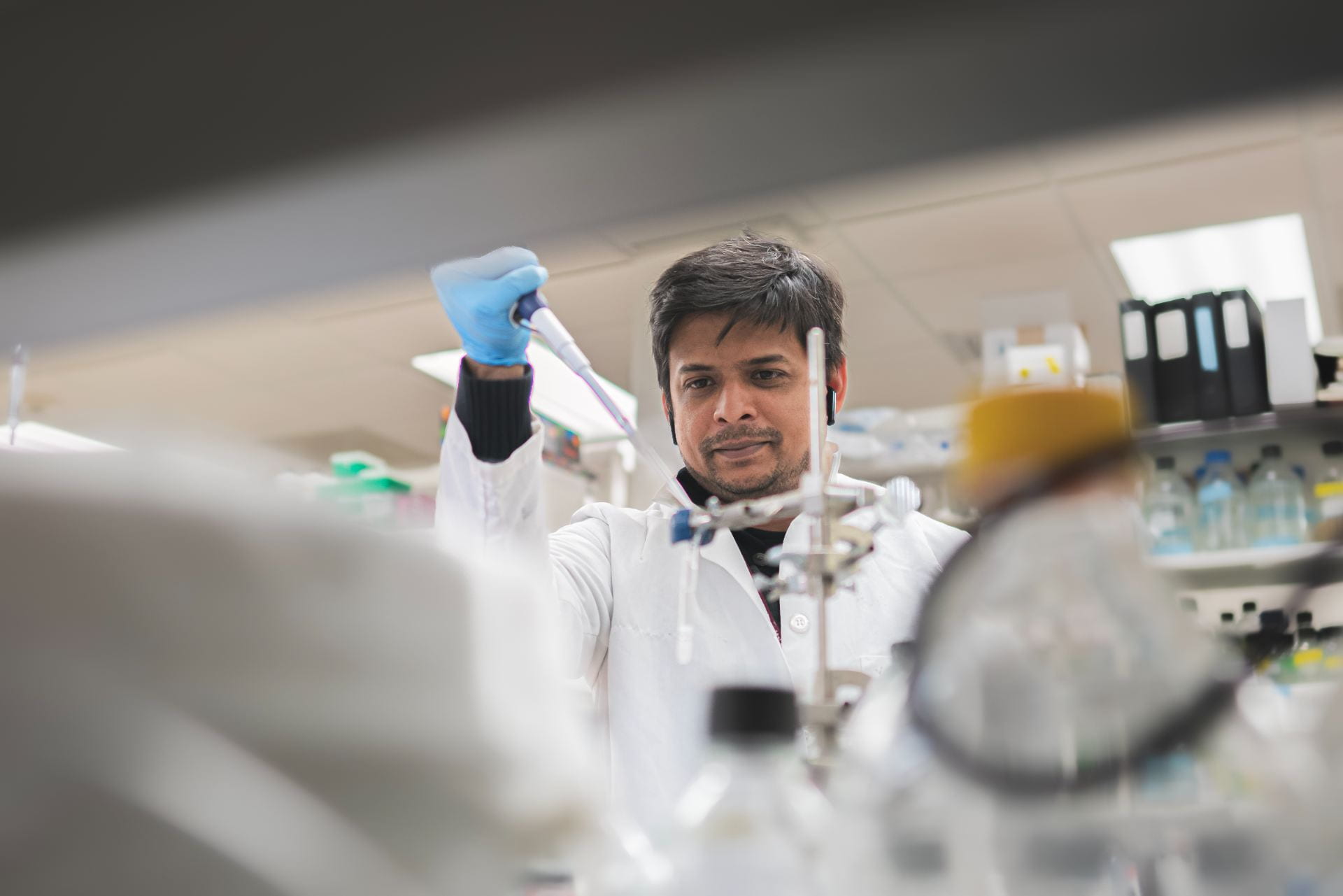



Our Species
.
Staphylococcus aureus


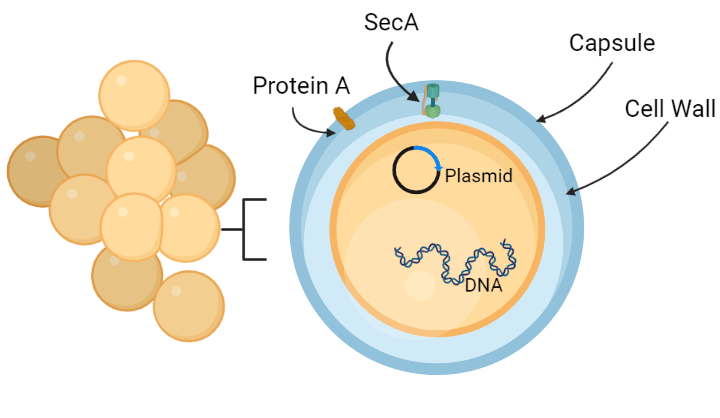
Staphylococcus aureus colonizes the nares, skin and intestinal tract of humans – sometimes leading to skin and bloodstream infections which can be fatal. Healthcare settings are especially important reservoirs where antibiotic resistant S. aureus causes serious problems. We seek to understand the mechanisms whereby staphylococci assemble their cell wall envelope with anchored proteins and teichoic acids, and capsular polysaccharide. Further, we are studying staphylococcal secreted products and their molecular attributes in providing escape from innate and adaptive host defenses.
Bacillus cereus sensu lato
Bacillus cereus sensu lato are aerobic, spore forming microbes replicating as vegetative forms in infected host tissues. We seek to understand the mechanisms whereby bacilli assemble their cell wall envelope including peptidoglycan, secondary cell wall polysaccharide, S-layer, surface proteins, pili, lipoteichoic acid and capsular material. Insights are being used to develop therapeutics against anthrax-causing bacteria.


